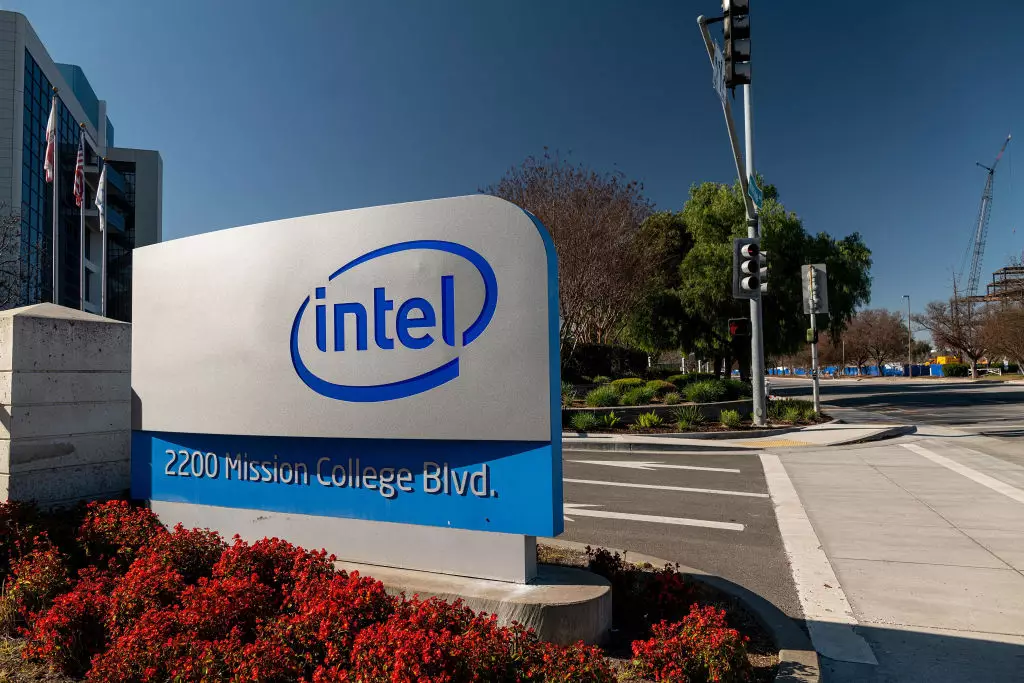The microchip industry has long been a cornerstone of technological progress, yet it is also fraught with challenges. Intel, once the dominant force in semiconductor manufacturing, has faced considerable hurdles in recent years. The company has announced a significant reshuffle within its operations, aiming to carve a path toward recovery while confronting financial and market pressures. This article delves into Intel’s recent initiatives and their implications for the company and the broader semiconductor market.
In a move that signals a profound change in its operational strategy, Intel is transforming its chip foundry division into an independent subsidiary known as Intel Foundry. This decision, articulated by CEO Patrick Gelsinger through a blog post, reflects Intel’s recognition of the need to adapt in a rapidly evolving industry. While the leadership structure within Intel Foundry remains stable, the introduction of an operating board that includes independent directors is a noteworthy development. This shift aims to enhance governance and operational flexibility, potentially equipping the subsidiary to make more agile decisions in a competitive environment.
However, while independence may offer Intel Foundry the chance to innovate more freely, it also raises questions about the allocation of resources and priorities within the larger Intel framework. The challenge will lie in maintaining efficient coordination between Intel Foundry and its parent company while pursuing opportunities in an increasingly competitive semiconductor landscape.
The semiconductor market has undergone volatility recently, prompting Intel to reassess its expansion strategies. In light of anticipated demand fluctuations, Gelsinger announced a two-year hiatus on chip fabrication projects in Poland and Germany. Such decisions underscore the realities of fluctuating market dynamics; they reflect a cautious approach that prioritizes sustainability over unfettered growth. Additionally, the company is contemplating a pullback in its chip packaging and testing operations in Malaysia, which could have further ramifications for its global manufacturing footprint.
Intel’s earlier commitments—including multi-billion dollar investments in building semiconductor factories in key European locations—are now subject to reevaluation. While these investments were designed to bolster Intel’s manufacturing capabilities and support regional semiconductor ecosystems, recalibrating these efforts in the current climate demonstrates the difficulty of predicting the industry’s trajectory amidst economic shifts.
Despite financial setbacks, Intel has secured a significant partnership with Amazon Web Services (AWS) that could bolster its foundry business. The collaboration involves co-developing an advanced AI chip utilizing Intel’s innovative 18A chip fabrication process, as well as producing a custom Xeon 6 processor. From Gelsinger’s perspective, this partnership marks a pivotal moment, with the potential to generate a multi-year, multi-billion-dollar revenue stream. The growth in deal pipelines speaks to the increasing confidence in Intel Foundry’s capabilities, which could play a critical role in revamping its market standing.
As the demand for AI-enabled hardware intensifies, this strategic partnership highlights both the urgency and the opportunity for Intel to reposition itself as a leader in cutting-edge technology. It represents not just a financial lifeline, but also a chance to demonstrate the full potential of its manufacturing expertise in a sector that is quickly transforming.
Despite the promising partnership with AWS, Intel’s financial woes cannot be overlooked. With net losses swelling to $1.6 billion in Q2, and substantial operating losses from its foundry division, the context for these strategic shifts becomes clear. The challenges are compounded by the loss of Sony as a major customer, marking a significant setback that could have brought an estimated $30 billion to the foundry’s revenue.
In response to these financial pressures, Intel has implemented a $10 billion cost-reduction strategy that includes workforce reductions. The decision to streamline operations through layoffs and early retirements speaks to the urgency of shoring up its financial health. While such actions can ultimately strengthen the company, they also carry risks related to employee morale and intellectual capital retention, which are crucial in an industry driven by innovation.
Going forward, Intel’s roadmap will require careful navigation of both its internal dynamics and the external semiconductor market. The shift toward establishing Intel Foundry as an independent entity may provide the agility needed for rapid adaptation, while partnerships focusing on emerging technologies like AI could pave the way for resurgence and growth. However, Intel will need to continue re-evaluating its investments and operational strategies to align with the real-time landscape of semiconductor demand.
Intel stands at a crucial juncture. Its recent initiatives signal a proactive approach to address its challenges, but success in the competitive and swiftly evolving semiconductor market will depend on the company’s ability to innovate and adapt while managing financial constraints effectively. The coming years will be telling for Intel’s ability to reclaim its position as a leader in an industry where resilience and agility are paramount.

